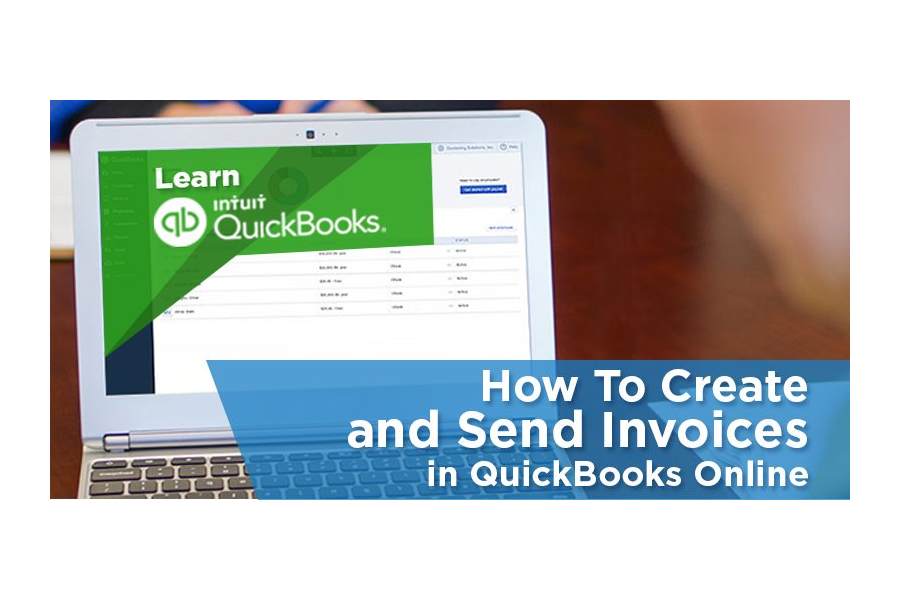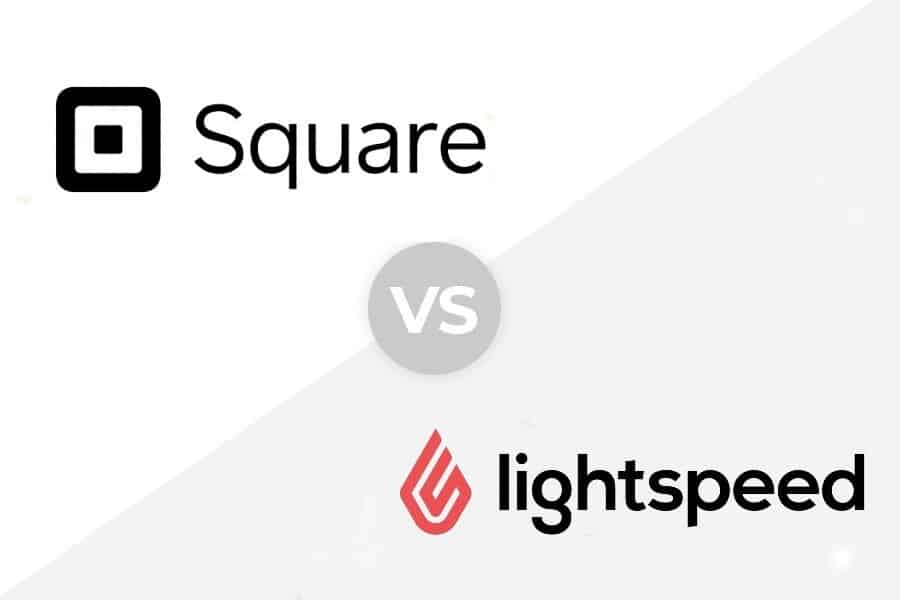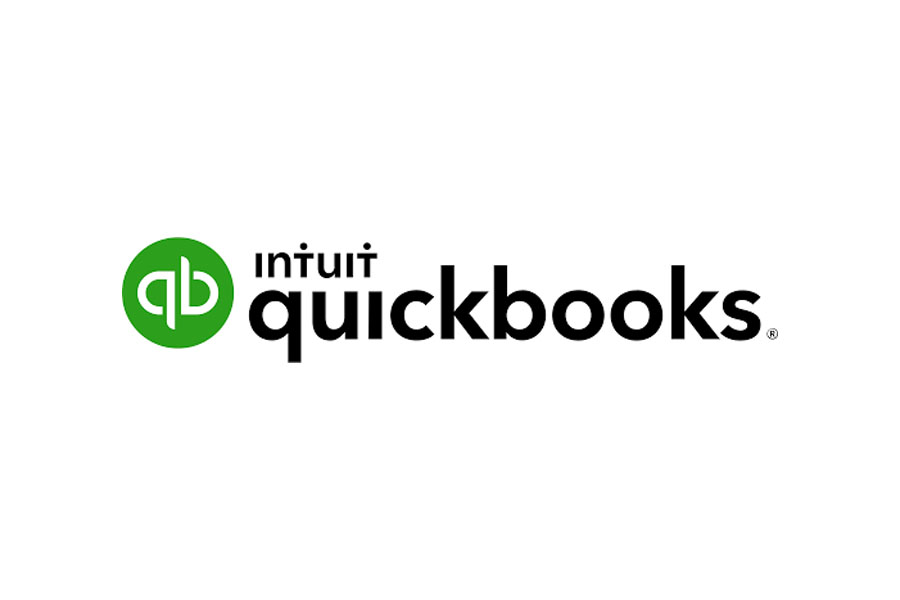
The main difference between a perpetual vs periodic inventory system is the timing of when inventory is tracked. A periodic inventory system calculates the COGS following a physical inventory count at period-end, whereas a perpetual inventory system calculates the COGS after each sale.
Most businesses would love to have updated inventory and COGS balances provided with a perpetual inventory system. However, constraints like difficulty in maintaining records and the need for powerful accounting software hinder some small businesses from using the perpetual inventory system. As discussed below, accounting in a periodic inventory system is far simpler than in a perpetual inventory system.
Inventory system vs cost flow assumption: Inventory systems determine how you track inventory quantities that you then use to calculate COGS. Cost flow assumptions—like last-in, first-out (LIFO), first-in, first-out (FIFO), and average cost (AVCO) methods—determine how you allocate costs among identical units of inventory. Companies must choose both an inventory system and a cost flow assumption.
Perpetual vs Periodic Inventory Use Cases and Pros & Cons
Perpetual Inventory System
- Businesses with accounting software that includes inventory accounting: The perpetual inventory system requires a computerized accounting system to record COGS efficiently. QuickBooks Online is our best small business accounting software, and it can handle a perpetual inventory system with a LIFO cost flow assumption. Meanwhile, Xero might be ideal for perpetual inventory with the AVCO method. Check out our QuickBooks Online review and Xero review for more details.
- Businesses that can afford an inventory management system (IMS): An IMS is software that tracks your inventory throughout the supply chain. Using a perpetual inventory system in conjunction with an IMS creates a synchronized flow of information.
- Businesses with multiple retail outlets or branches: Periodic physical counts interrupt normal operations. For retail outlets, it would be inefficient to count the goods periodically due to inventory volume and costs. That’s why a perpetual inventory system can benefit retailers since it can report COGS and ending inventory without conducting a count.
- Businesses selling high turnover goods that are susceptible to theft or breakages: Under a periodic inventory system, you can’t detect inventory shortages since COGS is based on ending inventory. The cost of goods stolen or broken cannot be separated from the COGS. In a perpetual inventory system, differences between inventory per book and per count may provide information about inventory losses due to breakages or shoplifting.
Periodic Inventory System
- Small businesses in general: Since the periodic inventory system is easier to implement, this method is easier for small businesses as it doesn’t require constant recordkeeping.
- Businesses with small percentages of revenues from inventory sales: Businesses can benefit from a periodic system since inventory quantities aren’t significant.
- Businesses with a stable level of inventory: The difference between COGS and current-year purchases is the change in inventory. If a business has a stable level of inventory, then purchases are very close to COGS and the simple periodic method will net the same results as the more time-consuming perpetual method.
Periodic vs Perpetual Inventory Systems: Journal Entries
We’ll illustrate the difference between the periodic vs perpetual inventory system by showing the journal entries made when you purchase inventory, sell inventory, and then count inventory at the end of the year. We’ve kept the cost of the inventory constant throughout the example, so your cost-flow assumption won’t matter.
To learn more about cost-flow assumptions, visit our in-depth analysis of the average cost method, FIFO method and LIFO method to see how they’re implemented with both periodic and perpetual systems.
Let’s first go over the journal entries for inventory purchase, then segue into inventory sale and end-of-year inventory count for both perpetual and periodic inventory systems. In our illustration, we use sample data from a fictitious company called FitTees.
FitTees is a ready-to-wear clothing store in New York. On its December 31, 2021, balance sheet, it reported a merchandise inventory of $4,958. The details of the merchandise inventory account are presented in the inventory quantity report as of January 1, 2023:
Inventory Purchase
Periodic Inventory System
In the periodic inventory system, we record inventory purchases to an account labeled “Purchases.” We also include it in our COGS section of the income statement for any interim financial statements issued between physical counts.
Recording Cash Purchases in a Periodic Inventory System
On January 2, FitTees purchased 2,000 units of designer shirts from a new supplier, FRESH Distributors, Inc. for cash at $28 per unit.
Recording Purchases on Account in a Periodic Inventory System
On January 3, FitTees purchased 2,000 units of jeans at $27 per unit from SMRE Company on account, meaning it can pay the invoice later, say, 30 days. We record this transaction as follows:
Perpetual Inventory System
In the perpetual inventory system, we record our purchases in the Inventory account rather than the Purchases account. In other words, we record inventory purchases as assets rather than expenses.
We keep subsidiary ledger records for every item of inventory in a perpetual inventory system. The major benefit of having multiple ledgers is that you can keep track of inventory balances and COGS throughout the year. Moreover, you aren’t required to perform frequent inventory counts because perpetual records always provide the latest information.
To illustrate the perpetual system, let’s use the same data from FitTees.
Recording Cash Purchases in a Perpetual Inventory System
On January 2, FitTees purchased 2,000 units of designer shirts from a new supplier, FRESH Distributors, Inc. for cash worth at $28 per unit.
Recording Purchases on Account in a Perpetual Inventory System
On January 3, FitTees purchased 2,000 units of jeans at $27 per unit from SMRE Company on account, meaning it can pay the invoice later; for example, in 30 days. We record this transaction as follows:
Inventory Sale
Periodic Inventory System
When inventory is sold under the periodic system, we only record the income from the sale and don’t make any adjustments to inventory. The purchase of the inventory (above) was originally recorded in COGS and remains there without adjustment.
Recording Cash Sales in a Periodic Inventory System
FitTees sold 700 units of designer shirts and 900 units of jeans at $39 each. All of these are cash sales.
Since we are using the periodic system, we don’t make a journal entry to record the COGS.
Recording Sales on Account in a Periodic Inventory System
FitTees sold 1,200 units of designer shirts and 800 units of jeans at $35 each to WP Clothing, a reseller in California.
In the perpetual system, we need to record the COGS at the same time as we record the sale. The entry highlighted depicts the costs transferred from inventory to COGS. This entry must be made every time there is a sale, which is why the perpetual system should only be used with accounting software that will make the necessary calculations.
Recording Sales on Account in a Perpetual Inventory System
FitTees sold 1,200 units of designer shirts and 800 units of jeans at $35 each to WP Clothing, a reseller in California. The COGS under the FIFO method is $55,200.
End-of-Year Inventory Count
Periodic Inventory System: Perform Physical Count
FitTees conducts a monthly physical count to determine existing goods on hand.
During the physical count, FitTees found that there were 225 units of designer shirts and 354 units of jeans on hand.
In the periodic inventory system, we need to update our inventory records after the physical count. But first, let’s compute the COGS by using the COGS formula:
Learn more about the COGS formula.
The journal entries to adjust our records are as follows:
So, under the perpetual inventory method, we calculated COGS for the period of $99,100—but we didn’t know that exact amount until we took a physical count.
Perpetual Inventory System: View COGS and Inventory
In a perpetual inventory system, we always update our COGS account with every transaction. Therefore, there’s no adjusting journal entry at the end of the period. Our COGS and Inventory under the perpetual method are determined by the journal entries already made:
Notice the COGS and Inventory figures at the end of the year are exactly the same under both methods. The difference is that with the perpetual system, you know the exact COGS throughout the period.
To see how COGS tracking relates to bookkeeping, check out our detailed bookkeeping guide.
Frequently Asked Questions (FAQs)
The main difference is in how inventory is tracked. Perpetual inventory systems update inventory levels continuously as items are bought and sold, while periodic systems rely on physical counts at specific times, like at the end of a month or year, to determine inventory levels.
Perpetual inventory systems are generally considered more accurate because they reflect real-time inventory levels. Periodic systems can have discrepancies due to shrinkage (like theft or damage) that occur between counts.
Perpetual inventory systems are often used in businesses with high-volume sales or expensive items, where accurate and up-to-date inventory data is important. For example, a grocery store uses products with barcodes, which are then scanned at checkout. The scan triggers the inventory management system to automatically deduct the purchased units and update them as needed and will constantly track the stock level of each product.
Perpetual inventory systems can be more expensive due to the investment in software and potentially additional staff to perform data entry. Periodic inventory systems require less upfront investment but may incur costs associated with conducting physical counts.
Bottom Line
The choice between perpetual vs periodic inventory systems depends on the size, complexity, and nature of your business. Even if you’re a small business, that doesn’t mean that the perpetual inventory system isn’t beneficial to you. In choosing an inventory system, you have to weigh the costs and benefits. As long as the benefits exceed the cost, you can use any of the two inventory systems.





